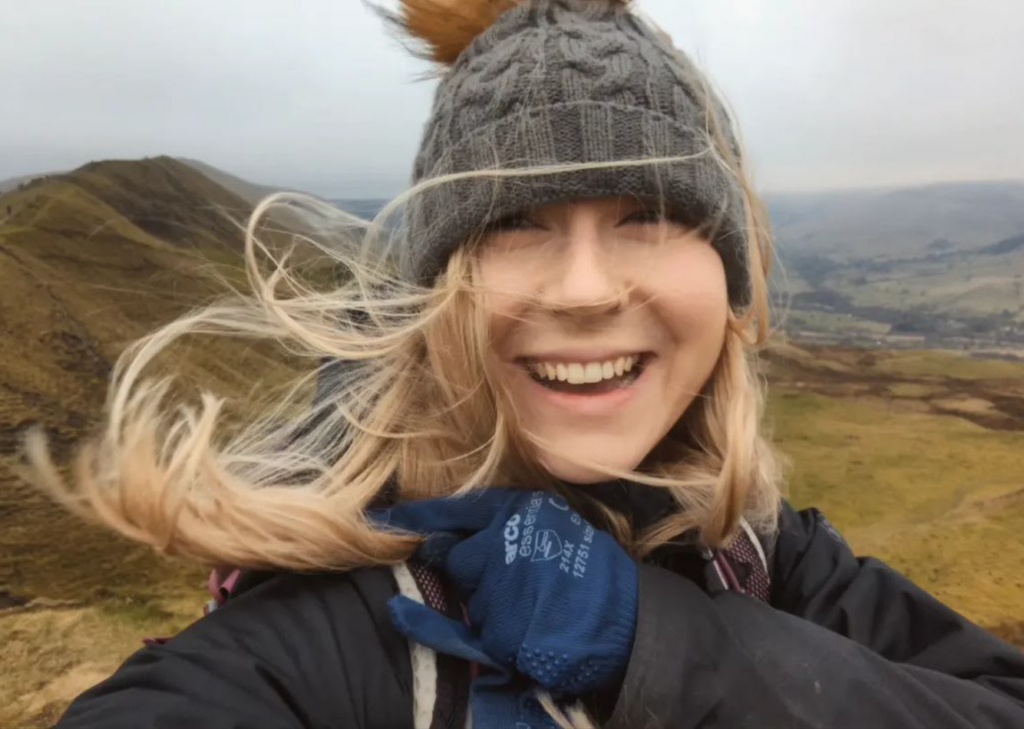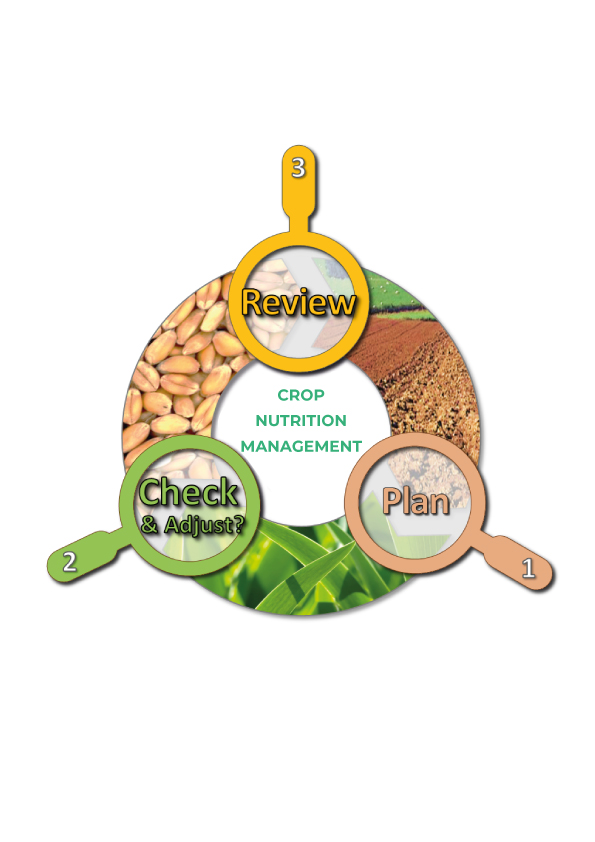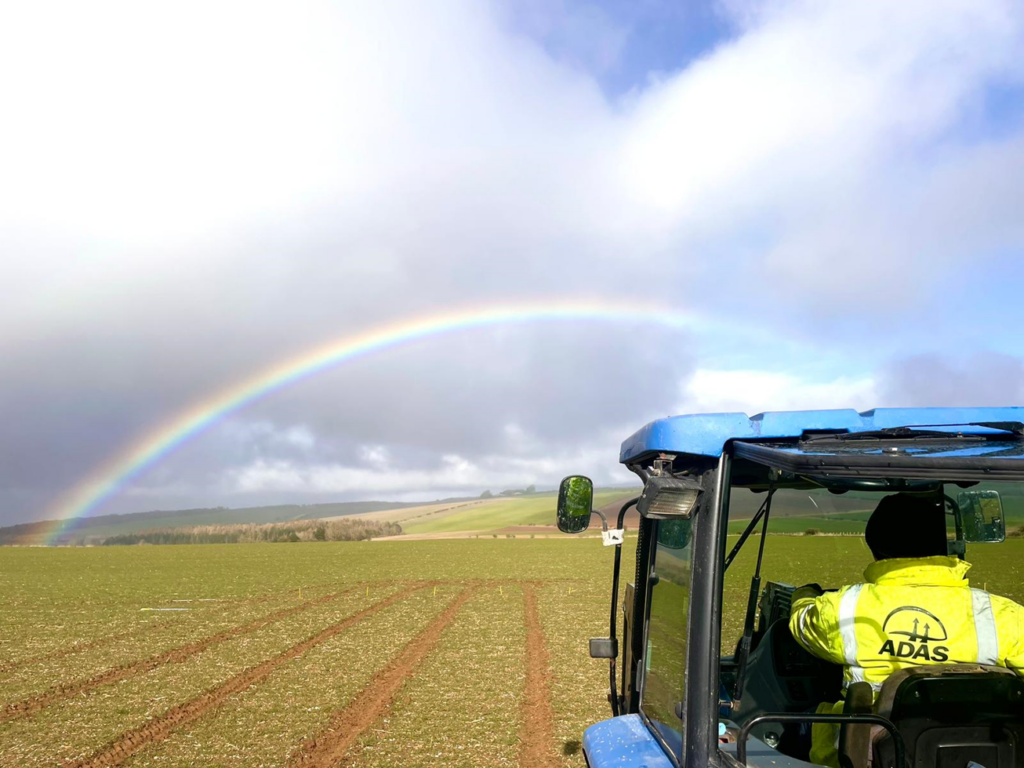Growers compete with scientists to find the most profitable crop nutrition strategy
The ADAS Nutrition Challenge is back for 2024 with thirteen growers competing against ADAS crop scientists and RB209 best practice guidelines to see whose crop nutrition strategy ends up achieving the highest gross margin over nutrient costs.
This year’s challenge takes place on the Yorkshire Wolds with each entrant being assigned a 48 m2 plot of winter wheat (variety: Gleam) replicated 4 times. A separate control treatment will receive nutrition in line with RB209 field assessment recommendations and a second control treatment will be left untreated. Other than fertiliser and biostimulant choice and timings, all other crop applications will remain exactly the same for each entry.
Abbie Marshall, ADAS Crop Research Consultant and organiser of the ADAS Nutrition Challenge said: “We came up with this competition idea back in 2022 in response to the dramatic rise in fertiliser prices. We want to find that point of peak profitability, the sweet spot between nutrition investment and maximising yields.”
“Looking past the financial aspects, we know that the manufacturing of artificial fertilisers comes at a heavy carbon cost. If a grower knows how to fine-tune their fertiliser applications and fully meet the needs of their crop, it will not only help their own business bottom line but will also have environmental benefits too.”
At the start of the season, ADAS provide the entrants with all the information they would need to plan their initial approach, including soil analysis, soil nutrient supply (SNS) measurements, and grain analysis from the previous year’s crop.”
Abbie explains: “As the season progresses, we send progress updates of NDVI and tissue analysis data of the control entries to the entrants so they can regularly review and, if necessary, re-adjust their strategy to reflect what’s happening in the field. They also have the option to visit their crop in person and do whatever they deem best to get that profit return.”
At harvest, ADAS will then assess biomass and take grain samples from each entry to review yield, crop nitrogen use efficiency and gross margin. At the end of the trial, all entrants will receive their trial results along with their ranking against the control and ADAS treatments.

Lessons learnt from the 2023 challenge
In last year’s competition, the ADAS treatment used soil nutrient supply (SNS) measurements from the field to guide the rate of N applied. Taking this approach rather than relying on standard RB209 SNS figures meant the ADAS entry achieved the highest yield of 11.2 t/ha, over a ton above the RB209 control plot at 10.1 t/ha.
Another standout entry was biostimulant manufacturer Azotic achieving a yield of 10.3 t/ha, similar to the RB209 control, by applying 30 kg less N/ha along with a single application of Encera and MOLYTRAC 250 in April.
Abbie summarised: “2023 really showed us the importance of checking and adjusting your nutrition programme throughout the season, either by looking for visible signs of nutrient deficiency or taking tissue samples at key growth stage timings. Reviewing the success of a nutrition programme at the end of the season through grain analysis, such as YEN nutrition, is critical. That’s really when you’re going to find out how well you read the crop throughout the season.”
Sarah Kendall, Crop Physiologist at ADAS, agreed “It’s great to see the Nutrition Challenge following the 3-step approach to nutrient management, which has been developed as part of the Horizon Europe and UKRI funded NUTRI-CHECK NET project. From discussions with farmers in the UK and across Europe, we’ve found that many farmers plan their nutrient management approaches, but few ‘check and adjust’ or ‘review’ their nutrient management plans. The nutrition challenge is showing there is lots of scope for improving gross margin by applying the 3-step approach which is great to see”.



